
A team based shooter game developed by Stanion Studios
TideTurn stands out a lot because of the game’s freeform movement. Unlike other popular
titles, Defenders can maneuver around TideTurn’s maps by drawing their own path
throughout the level, whether it’s racing through the streets or climbing up sides of
buildings. This is a game all about using the map to your advantage — and against your
opponents.
Our Level Designer, Kevin Wiratama, is tasked with creating visually appealing maps that
allow for these unique movement mechanics. Here’s an inside look at what it takes to
make these one-of-a-kind maps and give you a taste of what you can expect come November
10, 2020, when TideTurn is available for everyone to play!
Professionally, I’ve done level design for a couple of games, including Golem Gates. I started as an environment artist. I had gone to the Academy of Art in San Francisco, where I majored in Game Development with a focus on environment art. I just really liked looking at the beautiful environments in games.
I start with a paper map, drawing what the layout would be like from a top-down
perspective. That’s usually very quick, not detailed. Then I block it out using simple
boxes.
Once that’s been tested and I’ve gotten feedback, I’ll adjust it. If that’s approved, we
give the map concept to the artists. They’ll start conceptualizing it with modeling,
texturing. I’ll begin to replace the boxes with real art.
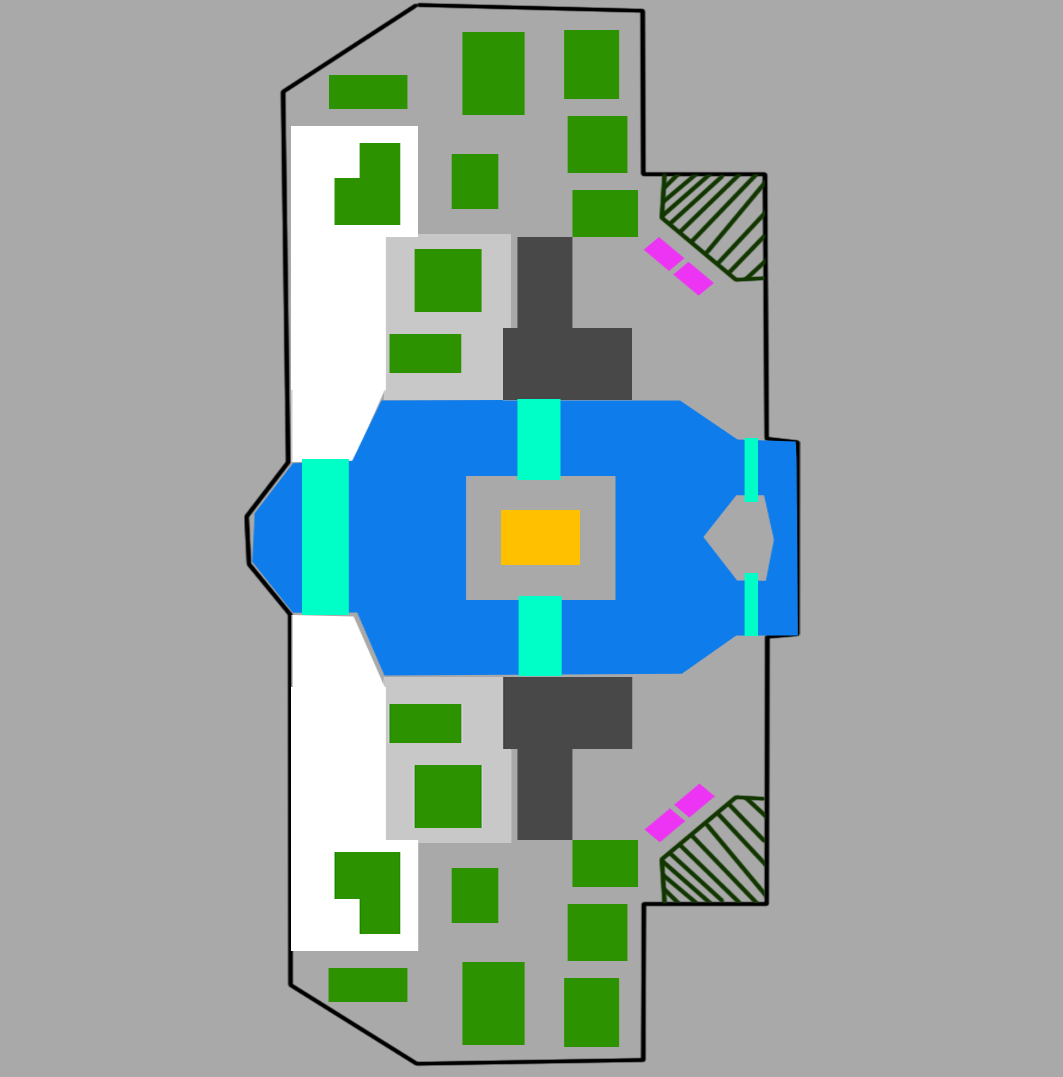
It’s a lot more complicated. For freeform movement, you have to think about the angles players come from and also account for where they’re going since it’s more open. For the San Francisco map, we actually got rid of half the map at the beginning of the process because nobody went there.
There is a position on top of the Ghirardelli Chocolate Company building — the really
tall one — that has a lot of strength. You can see the entire map from that point. There
was a position on the map in a lower area where you had no advantage going there.
Everyone could see where you were from that roof.
So we got rid of that and added an Atlantian castle to make it more balanced on both
sides. That’s the thing about angles in a game with freeform movement — it’s a lot more
complicated. There are a lot more ways opponents can see you or areas they can shoot you
from.
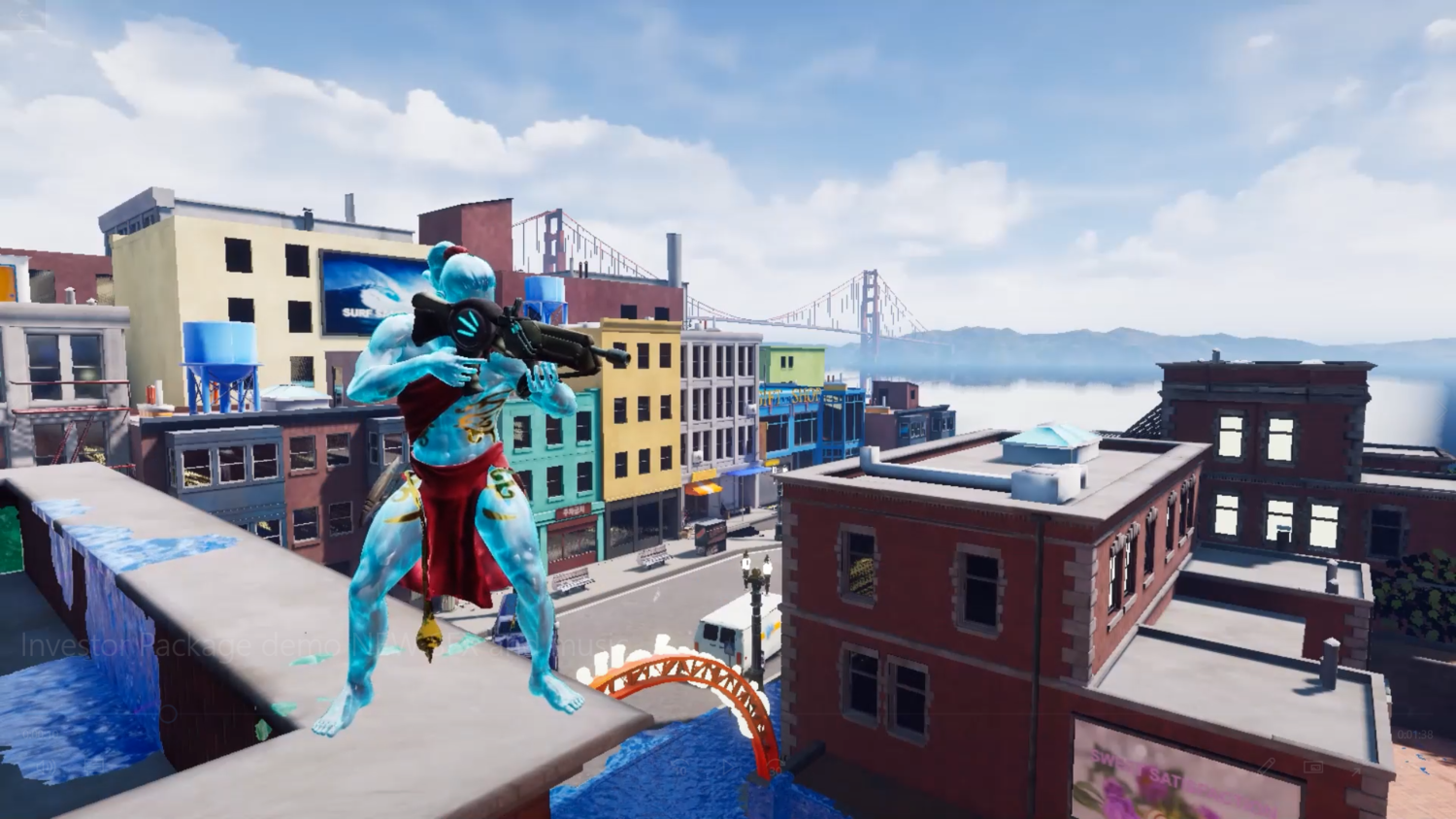
I tried to avoid making areas where people can hide. The point of the game is to move
around. Spaces where people can sit and shoot people without having to move defeats the
purpose of the game.
I made it so it roughly looks like Ghirardelli Square with recognizable areas and landmarks. But we have to make sure it plays well and not only looks like the city.
The center lane is my favorite, where the cable car runs through. The cable car itself is cool, so there’s that. But it allowed me to add more elements since there were more props and details. We also have a roof sort of above the cable car that connects two buildings, with the cable car running underneath. This adds more movement options in that area.
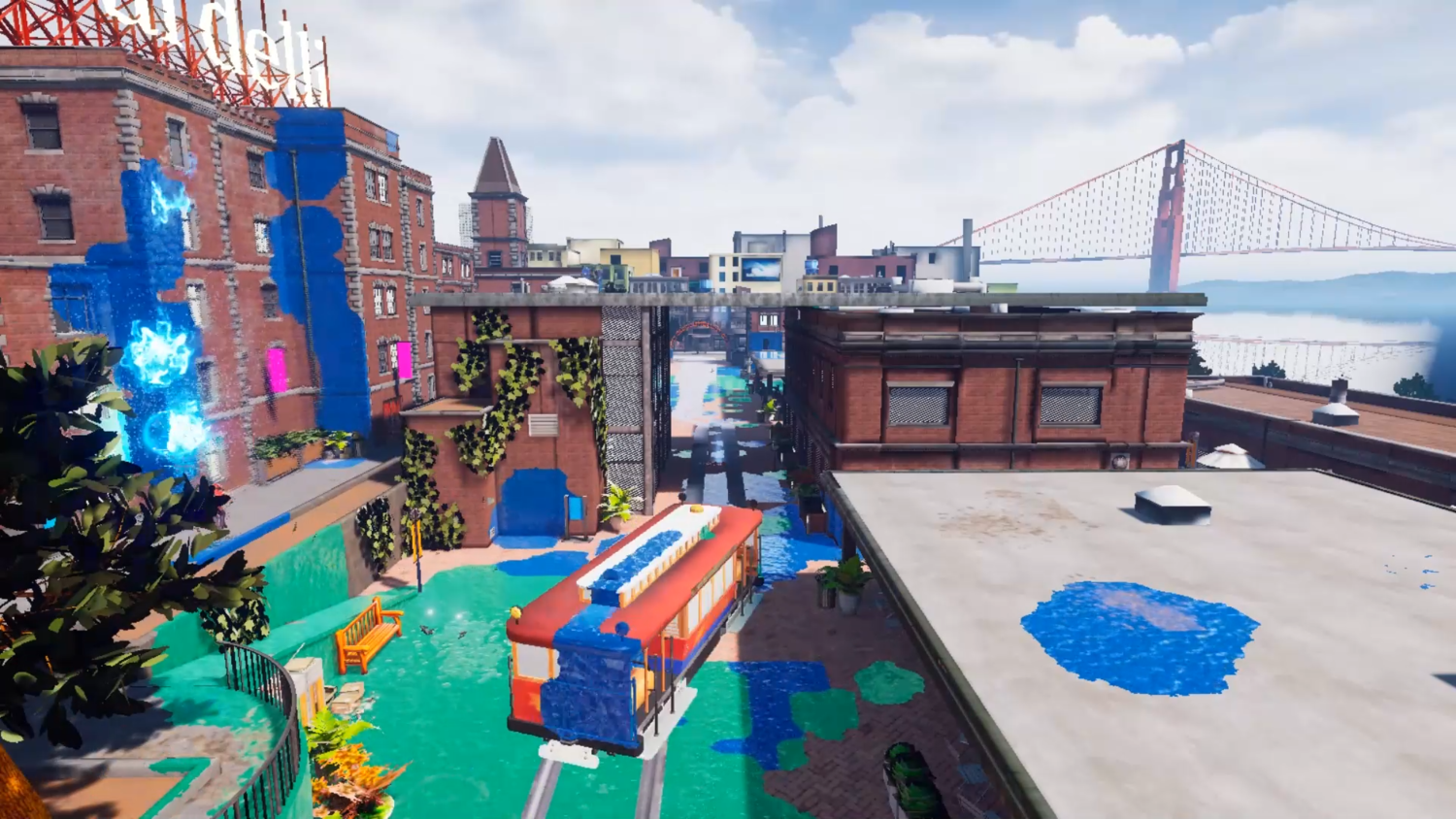
I like the new Atlantian castle. It was originally just a beach area. For me, it’s just a unique element. Everything else looks like a normal city. It’s just San Francisco. Then there’s suddenly this massive structure just emerging… The wave is very grand. It’s foreboding.
Flexibility and movement options. The ability to move around the map. The way players move is very important. So being able to move from one point to another point very quickly while swimming and painting are very important.
That was a big part of the design for the Japanese map. It has a very different feel and playstyle than San Francisco, with people jumping from rooftop to rooftop. In our previous Japanese map, we had Japanese-style rooftops. These are famous for having overhangs, but players hated it because they kept getting stuck on those. We had to think of ways to allow players to easily traverse on the rooftops without compromising the visual style of it.
We narrowed the streets down and added a river in the middle with a bridge and boat. Like San Francisco’s trolley car, this was a form of transportation. You can use the bridge or jump on the boat to move faster.
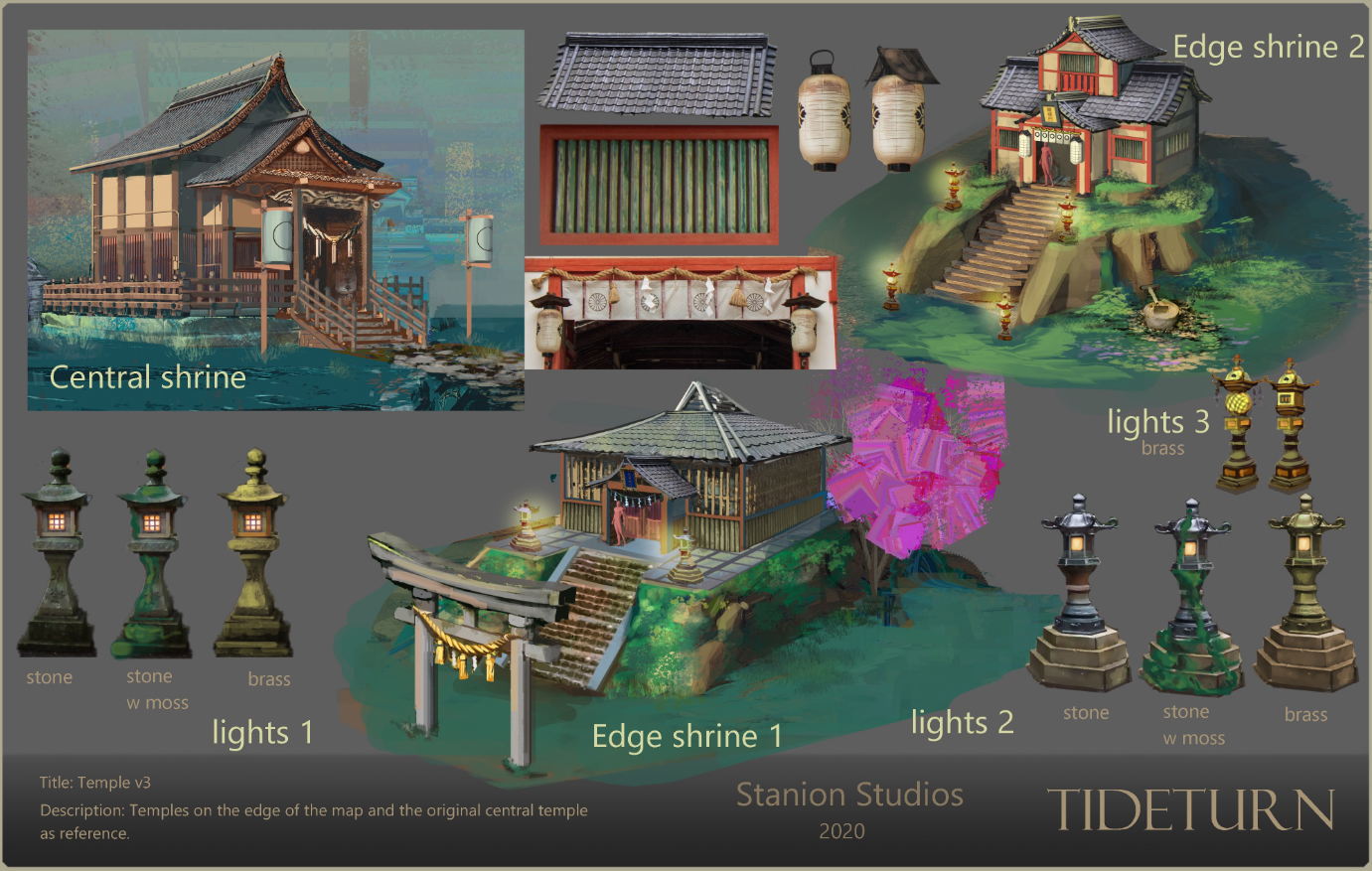
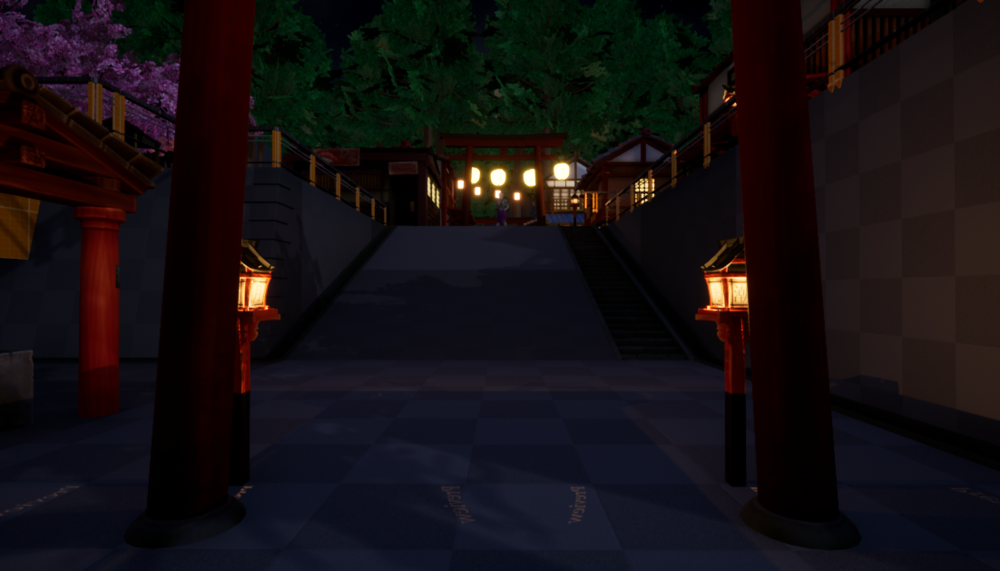
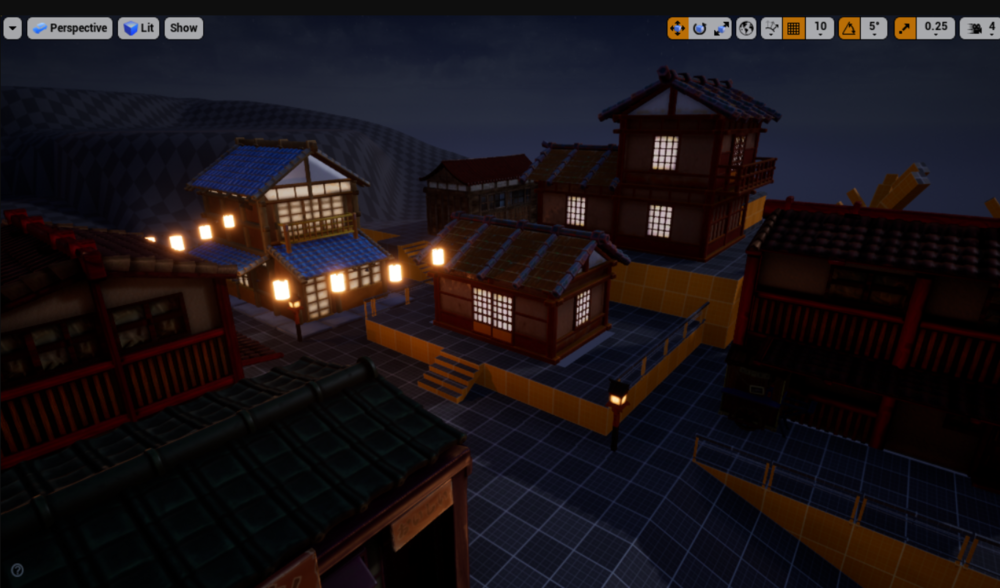
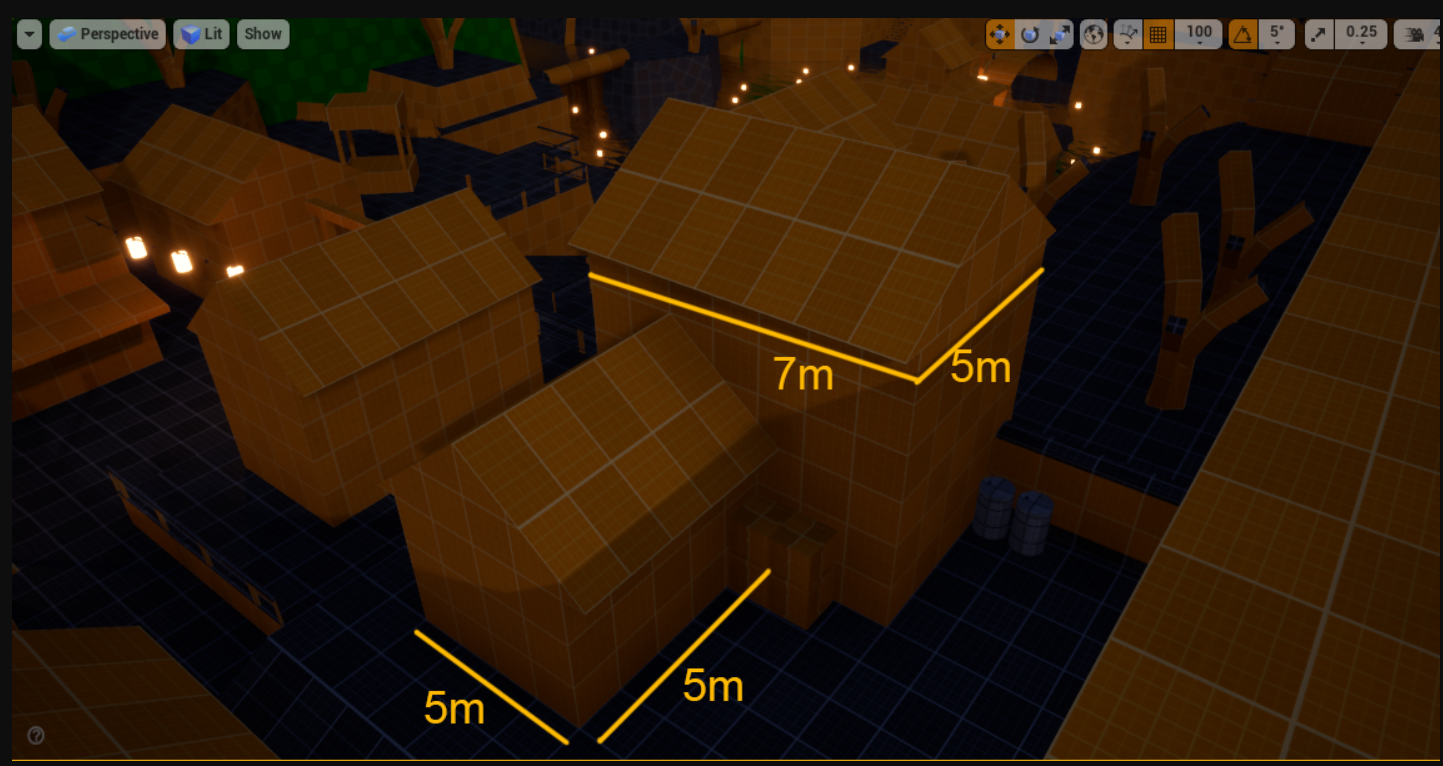
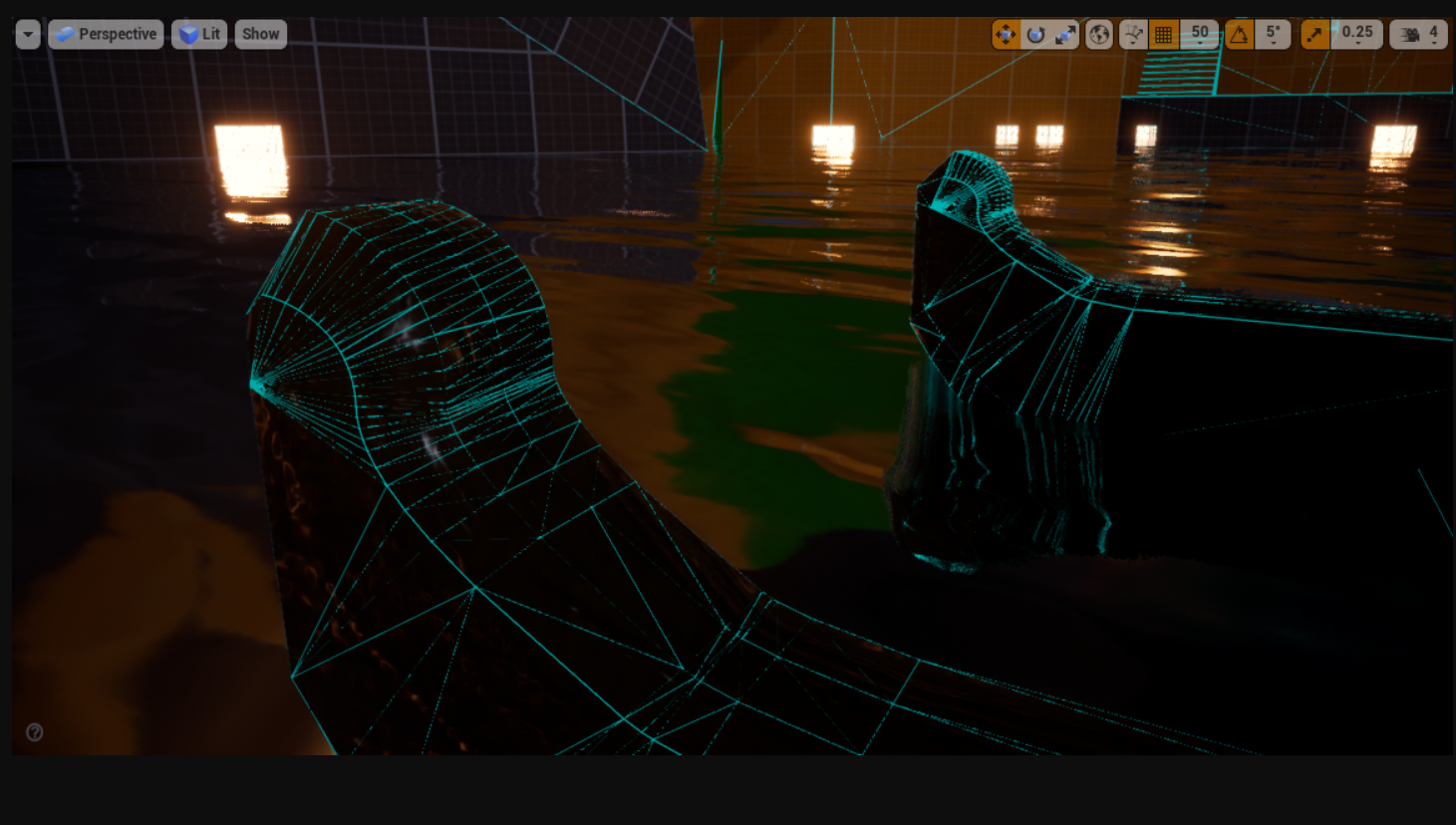
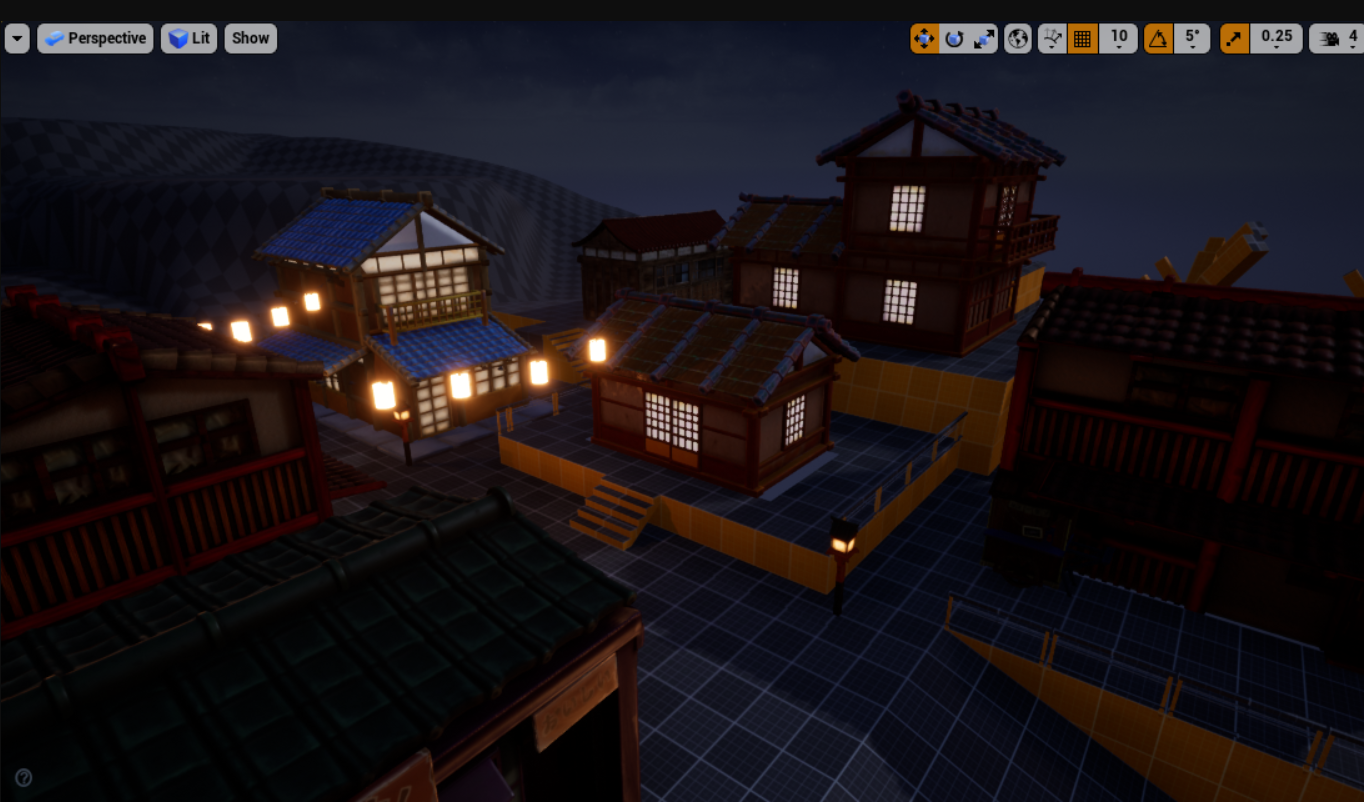
Working with other artists is fun. I enjoy watching their work being put together in the map. Seeing how the map looks at the end is a great feeling. I know what it looks like at the beginning — just boxes. Having them slowly build up what you see and transforming the map is very fulfilling.
I am interested in seeing what strategies they come up with. We can’t account for every strategy out there, since it’s so endless. It will be great to see how creative people get.

Definitely. We have another location in mind already. We have an urban map and a scenic, old-school village… The next map will be leaning more toward fantasy.